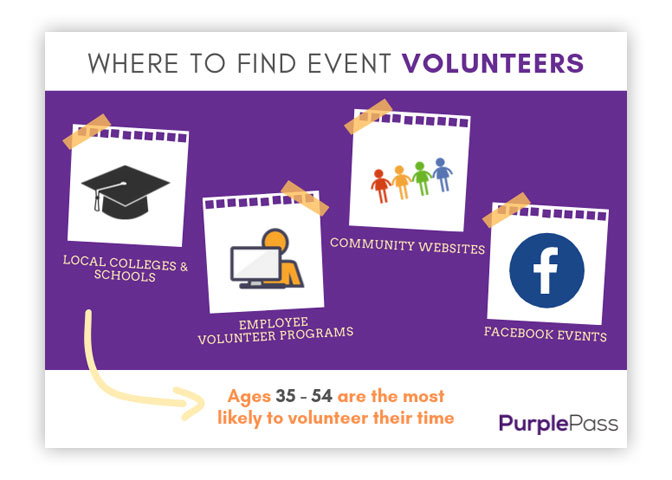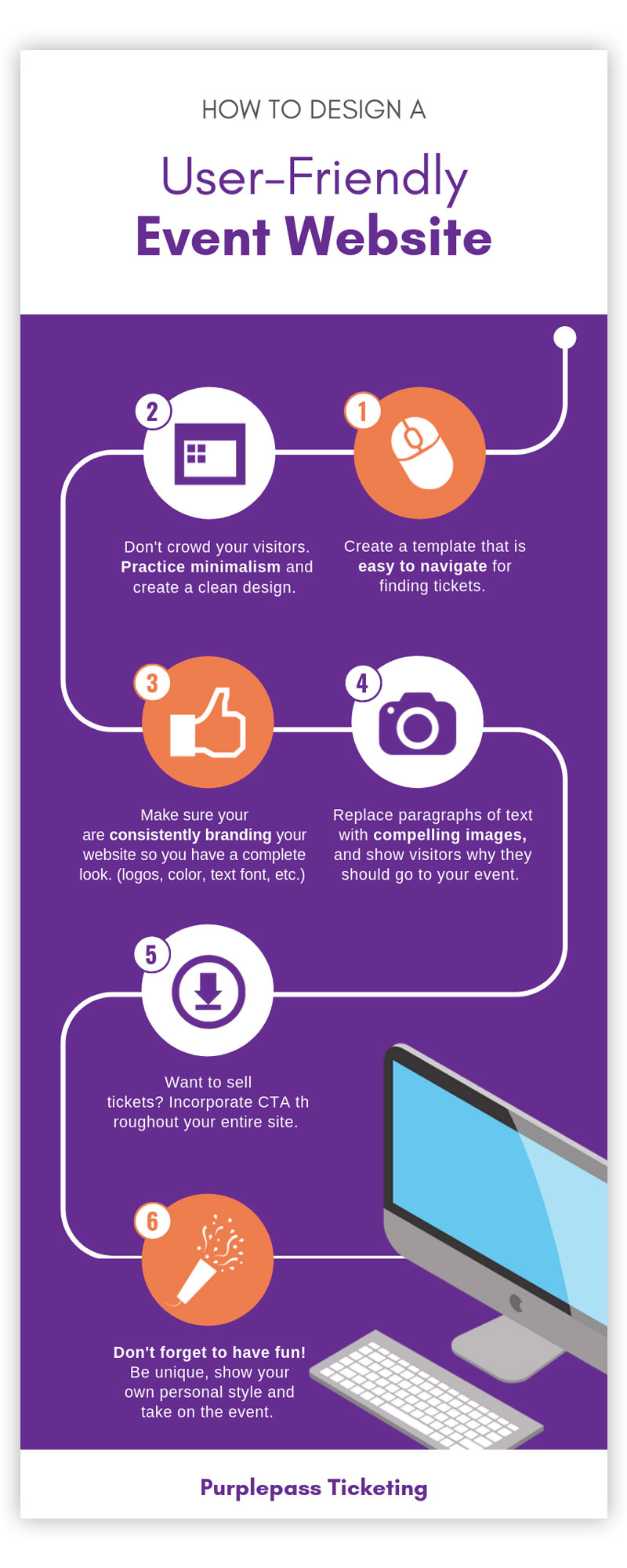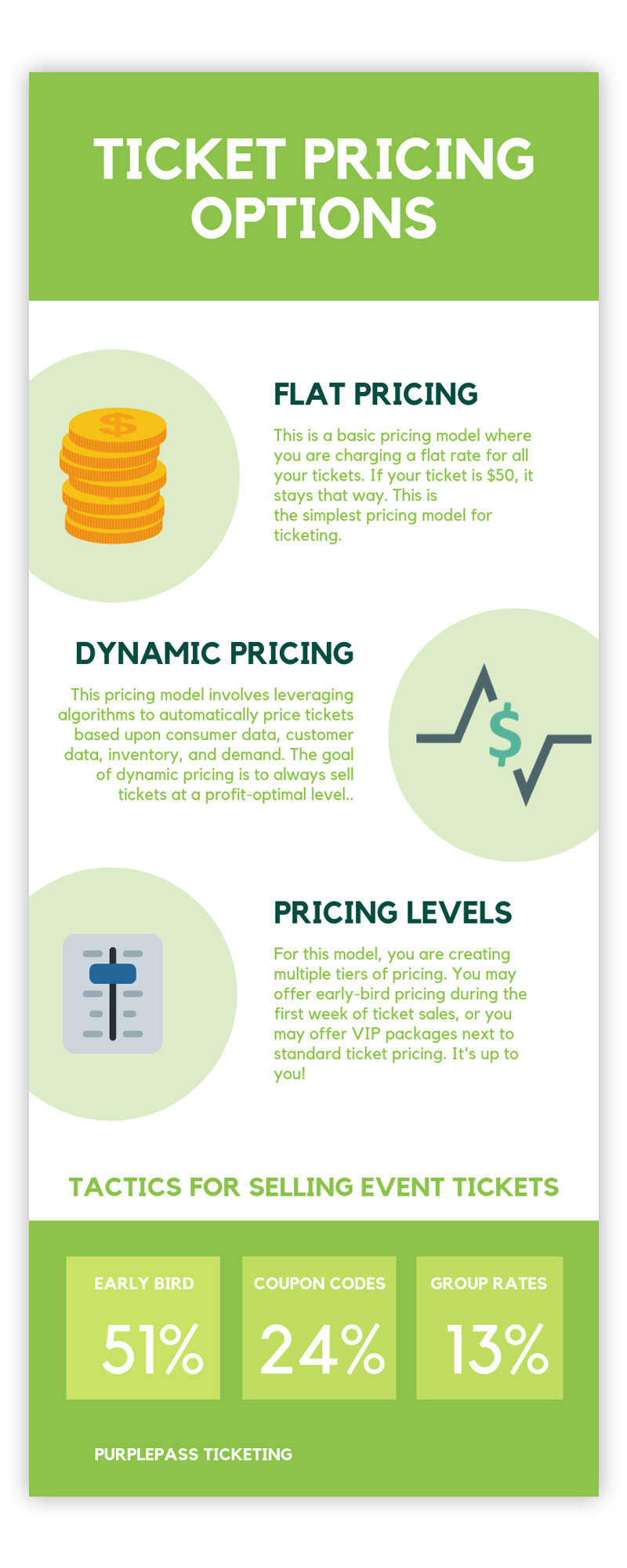How To Create Your Own Marketing Infographics
Having the right tools to relay information to business contacts, employees, and even customers is important to the growth and success of businesses today. An easy way to do this, that is captivating and fun for your readers, is to create your own infographic.
Incorporating these infographics into your marketing campaigns is an effective way to relay information to your readers that is straightforward and attention grabbing. Better yet, they're fun to make!
First, What Is An Infographic?

An infographic is an excellent way to present critical company or marketing related information to an audience without boring them in the process. It can convey relative information in a manner easy to interpret, outlining important data in graphic form.
Try using an infographic for meetings or to send to business contacts and even clients. For example, an infographic can be a bar graph, a pie chart, or even diagrams with eye-catching fonts. It allows you to be creative and make data more appealing and easy to interpret.
How Is An Infographic Used?
Infographics are both versatile, easy to create and can be used for marketing emails, website, blogs or even one-on-one presentations. This strategy can make vital information really stand out in the viewer’s mind and help them remember the content, which prevents the most important statistics and facts from blending into the background, boosting your brand reputation and trust along that way.

Steps To Creating An Infographic
Before you begin the process of creating an infographic for your next presentation or blog post, consider following these steps to help you better outline the purpose, goal, and outcome of your campaign. Start by gathering your data and content, remembering to only use relevant information.
Once you have your data ready, define your goal and set the theme and tone. After you organize and decide how your infographic will look, you can use a service to build your templates (keep reading to learn more). So follow these steps for creating your infographic.
1. Know Your Goal For The Infographic
Figure out your primary goal for making the infographic and define what the desired outcome should be. Make sure that your goal is attainable and reasonable (to understand how to create achievable goals, click here). If you create an infographic that is too general or specific, it may not be effective or create an impact with the viewers online.
2. What Value Are You Going To Present?
You also want to ensure you stay focused on the topic and set the tone for the presentation. Remember to stay relevant to the subject you are talking about and make sure the information is coherent and easily decipherable. The ultimate goal is to add value to your presentation, post, or email without trailing off or adding unnecessary information that isn’t convenient for the readers.
 3. Find A Service
3. Find A Service
Selecting a service to help you build your infographic is easy. There are plenty of inexpensive, or even free brands that allow you to quickly and easily create an infographic.
- Canva is a popular service where you can design anything and publish it anywhere.Canva uses a drag and drop feature and professional layouts to design consistently stunning graphics for presentations, emails, announcements, social media etc. It is also FREE to use!
- Vennage offers a variety of already built templates; all you have to do is enter your information and it's done.
- Piktochart is a more expensive tool, but offers a variety of features to make anyone a professional; unlimited visuals, customizations, password protection, HD image exports, PDF exports, etc.
4. Create Your Graphic
The creation process is simple if you have all of your necessary data handy and ideas in mind. Decide what type of format will be the most appealing and practical for the information you are conveying.
For example, you would likely choose a bar or a line graph to show growth or icons for people to show percentages of the population. Ensure the infographic makes sense and goes with the data you provide. Once you finish your infographic, you can save it to your computer and easily post it to blogs, insert into spreadsheets, or even use it in a PowerPoint presentation.
If you haven’t considered using an infographic before, give it a try. People respond more positively to well executed visual aid that assists with relaying data and other information necessary for understanding a concept. If your inforgraphics are helpful and relevant, they will most likely be used by other people on their sites, thus helping your SEO and boosting brand awareness.






